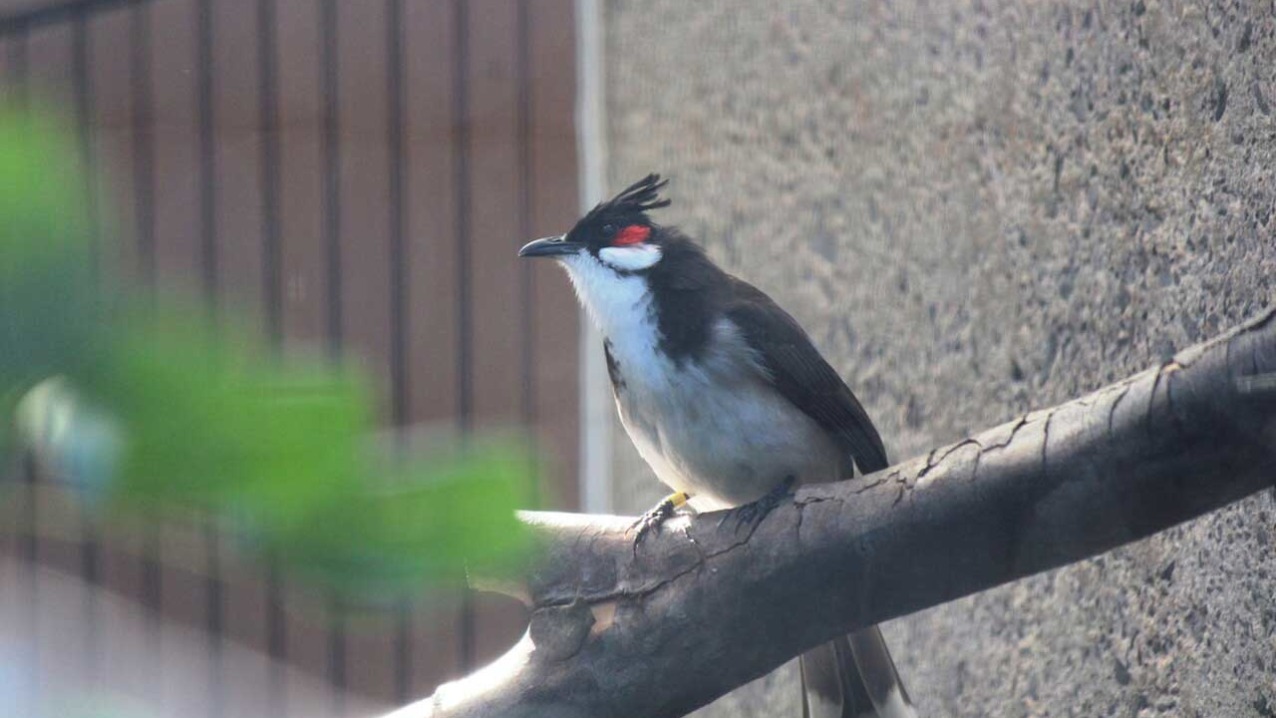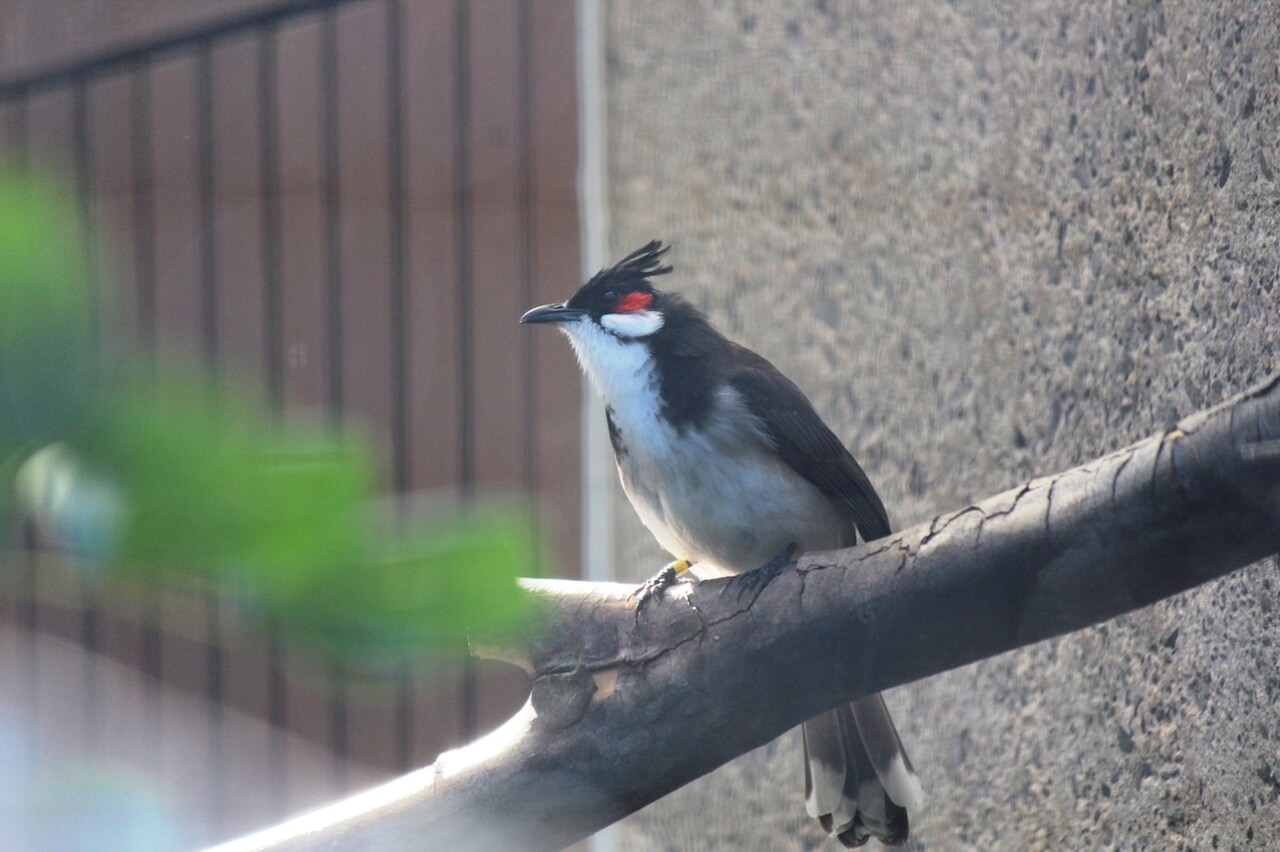pycnonotus jocosus
Red-whiskered BulBul
About Me
Scientific Name: Pycnonotus jocosus
Description
The Red-whiskered Bulbul has a distinct red ear patch, and red tail coverts. Both features are very distinctive from other birds. This bulbul averages seven inches in length and can weigh from 23 to 42 grams. The birds are brownish above and white below their stomach region from birth until an age six months.
Fun Facts
- Their nostrils are ovalshaped, and have bristles.
- Red-whiskered Bulbul was first sighted on Oahu in 1965 and is now very common on Oahu.
- Kingdom: Animalia
- Phylum: Chordata
- Class: Aves
- Order: Passeriformes
The Red-whiskered Bulbul has a distinct red ear patch, and red tail coverts. Both features are very distinctive from other birds. This bulbul averages seven inches in length and can weigh from 23 to 42 grams. The birds are brownish above and white below their stomach region from birth until an age six months. The head is black with a pointed crest and there is a red patch, the “whiskers”, behind the eye. The beak is slender and notched. Their nostrils are ovalshaped, and have bristles. The legs and toes have little strength and are usually short. The wings are short and rounded and the tail shape varies from rounded to squared. Immature bulbuls resemble adults except that they lack the red marking on the head.
This particular bulbul has adapted well to trees and shrubs in large suburban areas or yards. These birds usually stay under cover of vegetation, but occasionally perch in the open. This bird is native to India, Nepal, Bangladesh, Burma, and the South China coast. It has been introduced to the Malay Peninsula, Singapore, Nicobar Islands, Mauritius, Australia, North America, and the Hawaiian Islands. Red-whiskered Bulbul was first sighted on Oahu in 1965 and is now very common on Oahu.
Outside the breeding season these bulbuls tend to be rowdy. They often roam around in noisy flocks and roost communally. The voices of the Red-whiskered Bulbul are loud and clear consisting of short loud notes and some warbling songs. These birds are not big travelers and rarely migrate.
This species has a special requirement for feeding. Its habitat must have ornamental trees and shrubs old enough to grow berries and fruits for food. The young are fed plump, juicy insects such as caterpillars. As the bulbuls reach adulthood they begin eating berries and fruits. Red-whiskered Bulbuls are also known to eat flower parts, ants, and seedlings. During the winter months the fruit of the Brazil peppertree is a very important resource for them. In Hawaii these birds have been seen eating fruits of date palm, papaya, mango, autograph tree, loquat, avocado, octopus tree, and mock orange.
Breeding season ranges from January to August with two to three broods per season. The clutch size is two or three eggs and less often four to five eggs. Their eggs have a pinkish background, freckled, and mottled with reddish brown or purple spots. There is a large amount of variation in pattern among eggs. The average size of their eggs is 16.1 x 24.4 mm. Young bulbuls are naked at hatching and the lining of their mouth is red except at the midline palate where it is yellow. The eyes remain closed for several days after hatching. The nestlings are helpless and the parents search for food. After about fourteen to eighteen days in the nest the young fledge. They return regularly for the following couple of days for food, but then are left to fend for themselves. The red-whiskered bulbul is locally common in Hawaii. In addition, there is no immediate danger to this species in its native Asia.
Hawaiian Birdlife, Berger, Andrew J., Second Edition, 1972.
Other Birds
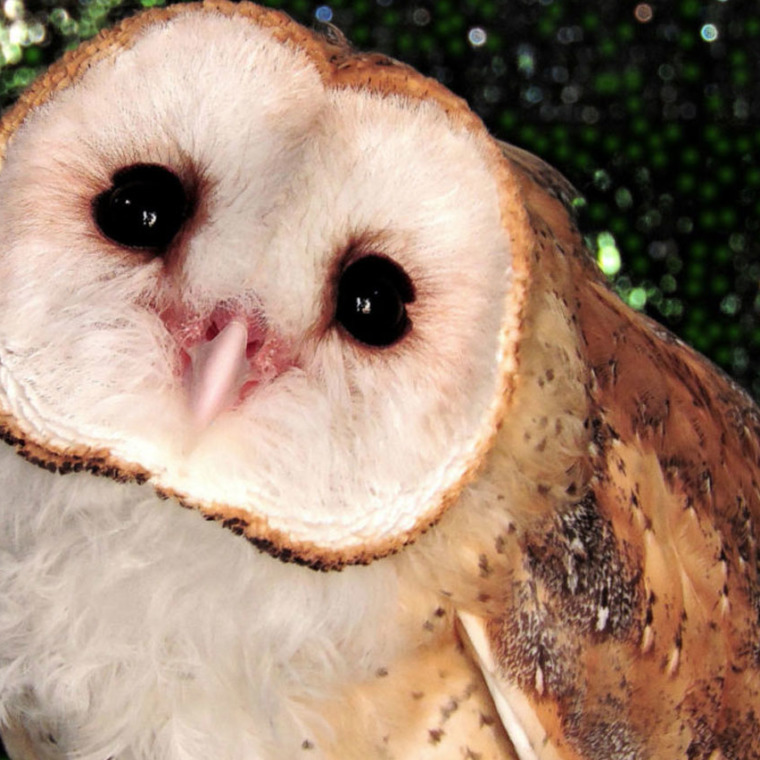
Barn Owls are found throughout the globe, in Europe, Africa, Asia, Austrailia, and the Americas
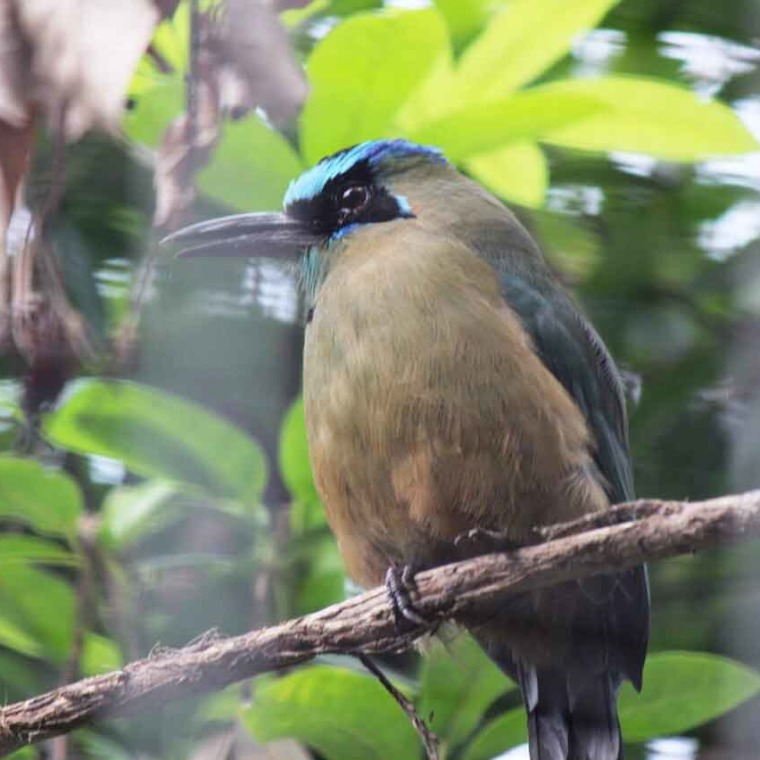
This animal can grow over a foot in length! Motmots possess a serrated beak and red eyes, with a black mask that encircles their heads.
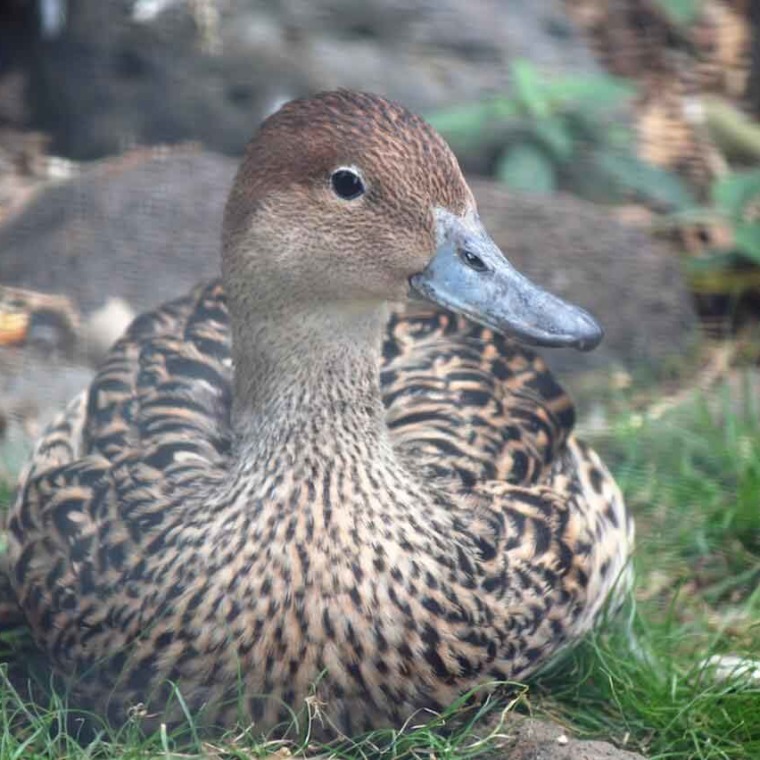
Koloa maoli are very secretive and difficult to observe except in protected areas such as Hanalei National Wildlife Refuge on Kauai.
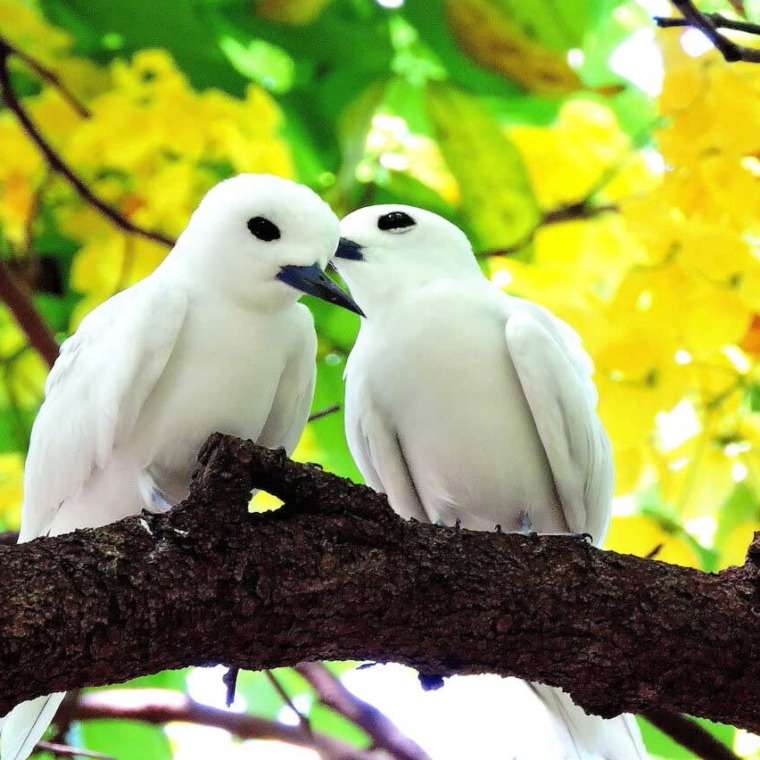
This bird is found primarily on islands, and has a wide ranger across the equatorial band of every ocean on Earth, save for the Arctic Ocean, which does not cross the equator.
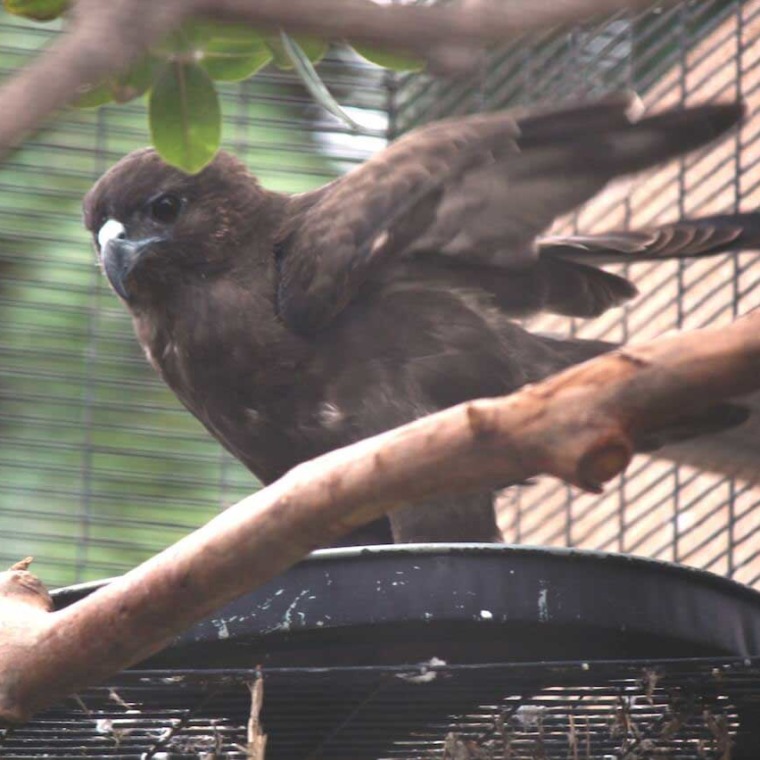
’Io prefer to hunt from tall perches that they use to survey their prey; however, they are known to dive at targets from mid-flight if the opportunity presents itself. are territorial and come together only to breed.


